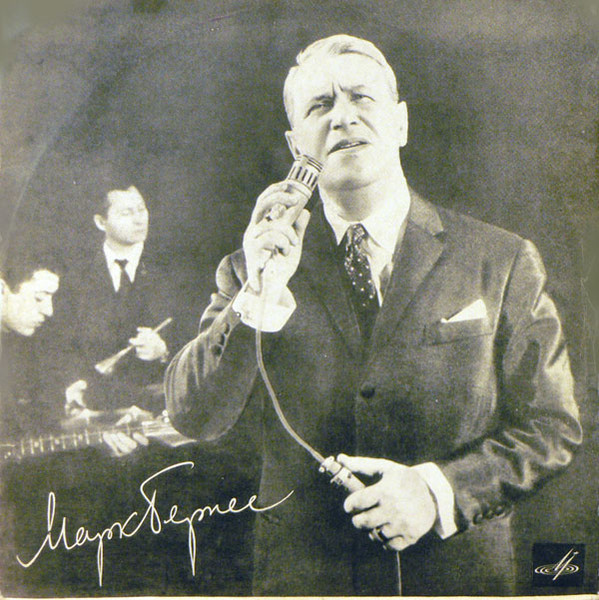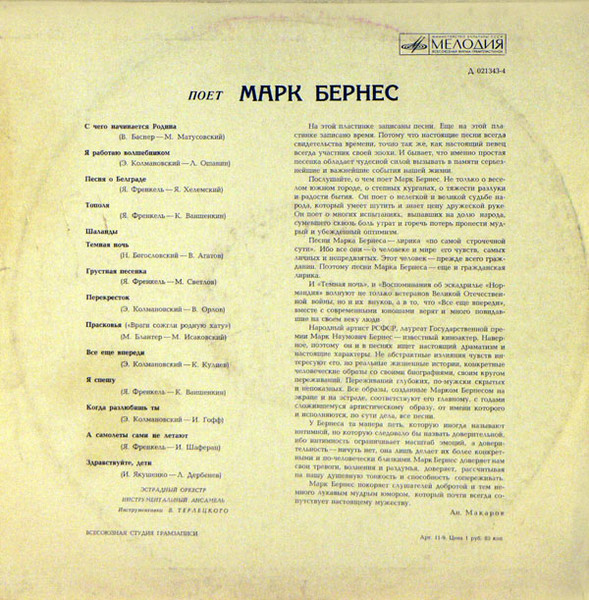Contrary to what the councillor of the Ayuntamiento says, the Carnival of Las Palmas de Gran Canaria 2024 was anything but a success. For me, the worst Carnival I’ve seen here. For many locals, too. La Gran Cabalgata (Saturday 17 February) was underwhelming to say the least. Suadu Sene Faye — Second Maid of Honour who really should have been the Queen of the Carnival of Las Palmas, and who was the main reason I went to see the Cabalgata — was not even there. The procession was eerily silent; not a single samba band as far as I could see. Mucha policía, poca diversión. On Sunday, miserable Entierro de la Sardina, featuring the smallest ever sardine on these shores, followed by the never-materialised drone show, was the cherry on top of this disaster. Praise the sardine, it’s over!
Enough negativity: finally, good quality live music is back, and it has nothing to do with Carnival. I wish it was a bit warmer (and drier) outside though: the only indoor event I went to was the masterclass in Teatro Guiniguada.
- 14 February: Quartet D’Arezzo @ Palacete Rodríguez Quegles, Calle Benito Pérez Galdós, 4, Las Palmas de Gran Canaria
- Mozart, Bach and some tangos. Featuring Pablo Melián (violin), Luis Montesdeoca (violin), Ayose García (viola) and Marisa Roda (cello).
- 15 February: Beatriz Martín @ Museo Castillo de Mata, Calle Domingo Guerra del Río, 147
- The singer-songwriter from Tenerife was a star of the second concert from the cycle «12 Noches de autor» (I missed the first one in January).
- 24 February: Verónica Ferreiro @ Teatro Guiniguada, Plaza F. Mesa de León
- The first masterclass of this year organised by Mousikê La Laguna.
- 24 February: «Con alma mexicana» @ Auditorio José Antonio Ramos, Parque Doramas
- Fabiola Trujillo has opened the new Musicando season. Very different from her «La flor de la canela» programme of 2021 — as you can guess from the name, this time the focus was on Mexico. The “mariachi band” included Luis Montesdeoca, Carlos Marrero, Óscar Guerra and Izan Falcón (violins), Juan Ramón Martín, Juan Antonio Guerrero and José Antonio García “Pepé” (trumpets), Ivanoff Rodríguez (bass), Daniel García (vihuela), Abraham Sierra (contra) and Juan Carlos Sierra (guitar, musical director).
- 28 February: «Italia» @ Palacete Rodríguez Quegles
- Chiara Salerno (soprano) and Nauzet Mederos (piano) offered an evening of Italian opera and Neapolitan song. My favourite was their rendition of ’O surdato ’nnammurato.
And that was it for February.












